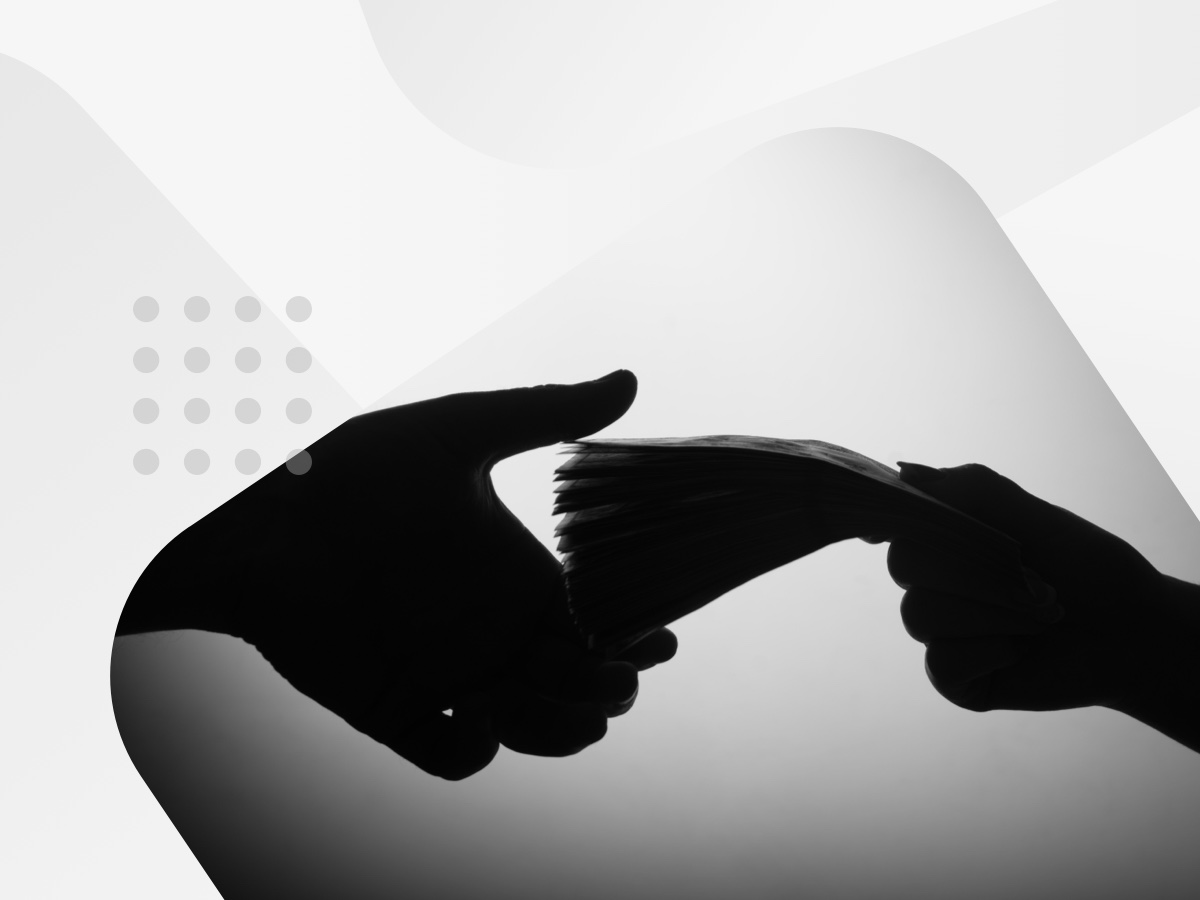What is the difference between secured vs unsecured loans?
The difference between a secured and unsecured loan is whether or not assets are provided as security interests to guarantee the loan. These assets may allow the borrower access to secured loan products with a lower interest rate than comparable unsecured alternatives. For both loan types, you must match any eligibility criteria before applying.
What is a secured loan?
If you can put forward one or more assets as ‘collateral’: you may be eligible for a secured loan product from a lender, bank or capital union. Relevant assets may include:
- Property
- Business capital
- Personal possessions, such as artworks or jewellery
- Vehicles or other owned items of value
Often, the purchase financed by these loans (such as a house or car) can collateralise the agreement. Underpinning and guaranteeing the loan, the assets provide the lender with a ‘security interest’. Should you fail to repay the loan according to its terms, these may have to be sold or received to compensate the lender.
The assets you provide do not dictate how you use the funds procured, they just reduce the risk to the lender that you could default, as no one wants to see their assets seized. For example, using a vehicle you own outright as security does not automatically restrict the funds to auto purchases. That said, the actual loan product you apply for may restrict how you use the money. For example, applying for a mortgage allocates those funds to purchase a specific property and is not to be used elsewhere.
In Australia, in certain instances, the lender can register this security interest over such items on the Personal Property Securities Register (PPSR) to protect its legal right. We recommend that all security interests get registered on this official government noticeboard, where applicable. PPSR Logic, powered by CreditorWatch, streamlines and simplifies this registration and management process to allow creditors greater security.
What are the main types of secured loans?
For Businesses
Secured Business Loans – Secured business loans, or ‘collateral loans’, typically use property owned by the applicant business as collateral. This property may include real estate owned, vehicles, machinery, or other items of value. Generally, a secured business loan gets transferred as a lump sum of cash to approved borrowers. The funds procured from such a business loan are not for personal use.
Personal Loans
Mortgages – a mortgage is secured by the real estate it allows the borrower to purchase. The house or apartment itself acts as security. If you default on mortgage repayments, that property may get sold or repossessed to compensate the lender. The interest rate applied can vary according to the value of the property and an assessment of the borrower.
Secured Personal Loans – as a borrower, you may seek a lump sum to make home improvements, to use as funds for a holiday, or for another personal use.r. As long as the lender accepts what you’re offering as collateral, you can use the funds from secured finance for a variety of purposes.
Home Equity Loans – while a mortgage purchases a property, a home equity loan allows you to access the equity in your property as a line of credit or a lump sum payment. This in turn uses an already-owned property to collateralise a cash loan. For example, you may access some of the equity in a holiday home you own as collateral to as some or all of a deposit for a new home loan. The benefit of accessing existing equity in a property is that this may result in a lower interest rate offered by the lender due to the reduced lender risk. Personal loans secured against property can allow borrowers access to significant debt depending on its value.
Car Loans – a type of personal loan, a car loan sees the vehicle purchased serving as collateral for the loan. In many instances, until the loan gets fully repaid, the ownership title remains with the lender.
What is an unsecured loan?
By comparison, an unsecured loan creates more risk for the lender. Because the borrower isn’t offering up any assets or property for security, there is a lower chance of compensation in the event of default. Additionally, without the risk of losing an asset to motivate a borrower, they may be less inclined to ensure repayments are met. As such, the interest rates applied to unsecured bank loans and lender products are generally higher to account for this additional risk.
Applying for unsecured debt may allow a borrower to protect their assets, as the lender will not immediately sell or claim an asset if nothing guarantees the loan. However, if a borrower defaults on a loan, they may eventually face bankruptcy, which could result in the sale of owned assets regardless.
What are the main types of unsecured loans?
Unsecured Business Loan – unsecured business loans are typically more popular for lower principal amounts. They allow businesses that may not have assets or holdings to retain access to debt without offering collateral. Many lenders will ask for additional information, such as cash flow and income statements, before deciding whether or not to approve applicants.
Unsecured Personal Loans – as with above, unsecured personal loan products are typically more popular for lower sums, as lenders feel more comfortable with higher risk when the principal amount is lower. In general, lenders place more emphasis on your credit score when assessing an applicant for these products.

What are the main differences between an unsecured vs secured loan?
- The expected interest rate
Generally speaking, secured loan products may offer the borrower lower interest than a comparable unsecured loan. This assumption is based on the understanding that the lender is taking on less risk for secured, guaranteed loans.
- Eligibility requirements
If you cannot provide collateral as security, the lender may place more importance on your credit score and other creditworthiness indicators. For a secured loan, bad credit scores may have less impact on borrower analysis. For all types of loans, additional documentation may be requested for assessment by the lender before approval.
- The consequences of default
For secured loans, the lender can seize, foreclose or sell the collateral to recoup their money. For unsecured loans, the debt will transfer to collections agencies that may eventually seek to have the debtor declared bankrupt/insolvent. All instances of default, whether for secured or unsecured loans, will likely decrease the borrower’s credit score.
- The limit of funds available
Because of the increased risk, your upper limit for borrowing decreases for unsecured loan products. If you compare the maximum funds you could apply for (your borrower ceiling), you’ll likely notice that secured loan products may offer access to higher amounts.
Where should you go to find out more information if you are ready to apply for a loan?
Before applying, you must ensure your credit health is good enough to secure approval and find a low rate. A loan rejection may show on your credit report, resulting in lower approval chances in future. For businesses – this essential creditworthiness information is available within our CreditorWatch suite, including our market-leading RiskScore technology. You can check the credit score, history and tier of risk for both your own business and trading partners. Not only will you gain insight into your own business’ suitability for credit – you’ll also protect your cash flow from risky debtors and bad debt.
Once you believe your creditworthiness is in order, commence conversations with your financial advisor or trusted financial institution to compare secured loans with unsecured alternatives.
Protect your security interests with PPSRLogic from CreditorWatch
For lenders and creditors, all security interests must get registered on the Personal Properties Security Register (PPSR) to guarantee classification as a secured creditor. Failure to do so may result in you slipping down the hierarchy of creditors in the event of default, reducing the chances of compensation. Unfortunately, the PPSR can be confusing and difficult to manage.
Thankfully, PPSRLogic, powered by CreditorWatch, consolidates and streamlines both ends of this process. Registration of security interests can be completed on one page, with one click. All existing security interests can be uploaded and managed from one place – hassle-free. Further, clients can integrate CreditorWatch’s online credit application software, ApplyEasy, to register security interests quickly and effectively.
To learn more about protecting your business from bad debt and defaulting trading partners – speak to our expert team today.

Get started with CreditorWatch today
Take your credit management to the next level with a 14-day free trial.

